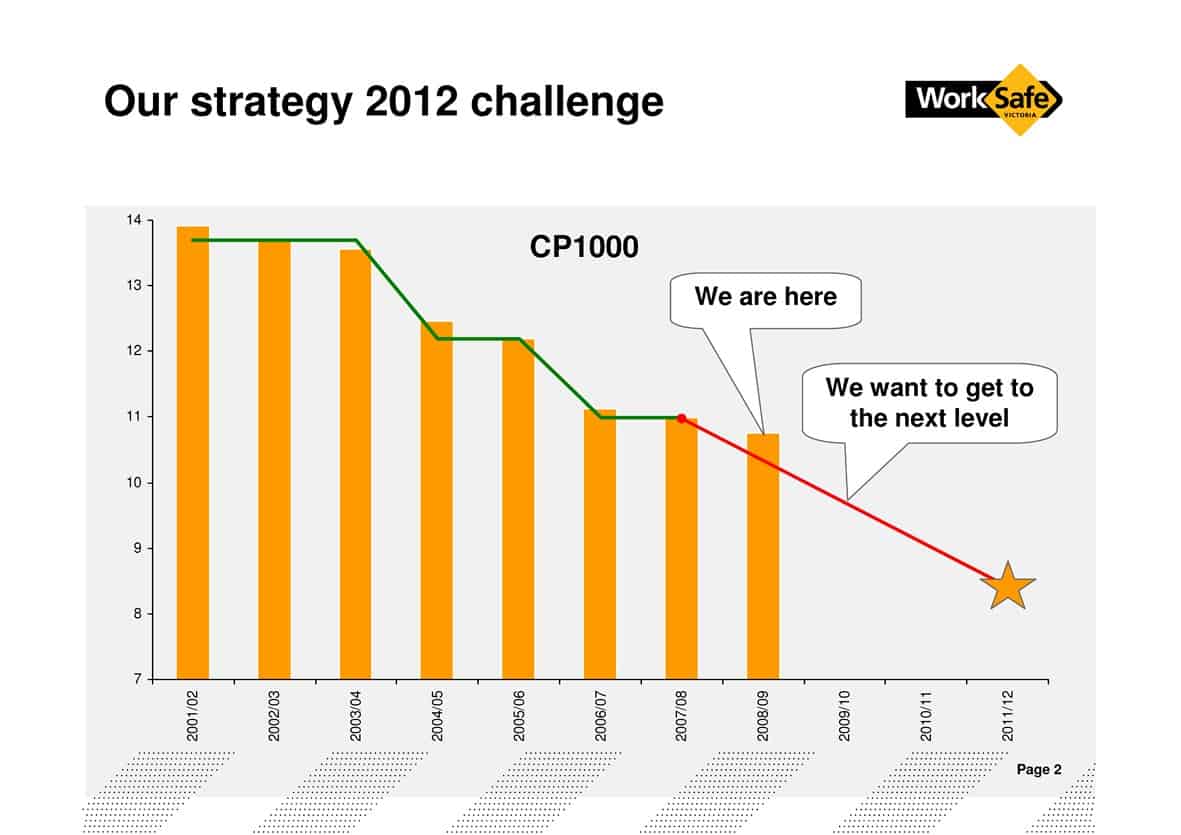According to a Reuters report available on-line on 20 August 2009:
“The former manager of a Buenos Aires nightclub has been sentenced to 20 years in jail over a fire that killed 194 people, the deadliest blaze in Argentine history.
The court’s decision at the end of a year-long trial was met with spontaneous outbursts of violence among relatives of the victims, with police using water cannons to disperse rioters.”
One of the most popular blog articles at SafetyAtWorkBlog over the last month – the Santika fire article – provides a useful contrast to the Buenos Aires prosecution and some practical risk control measures.




